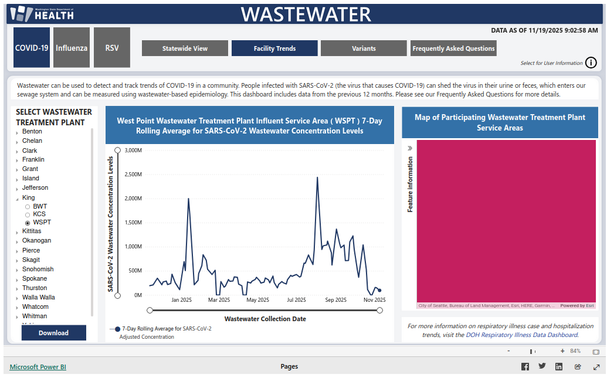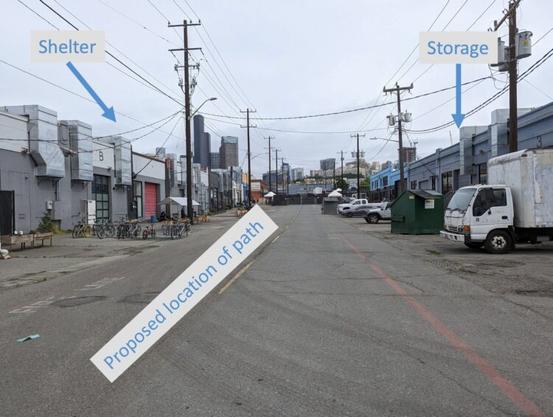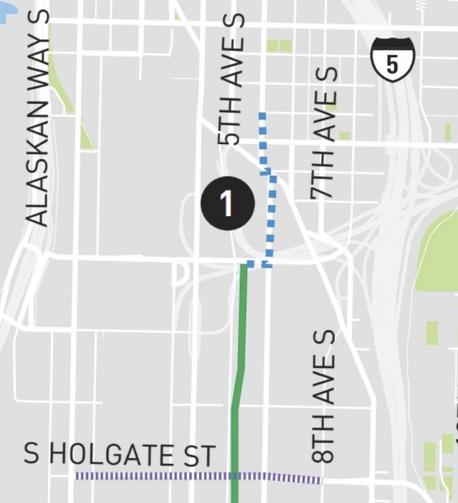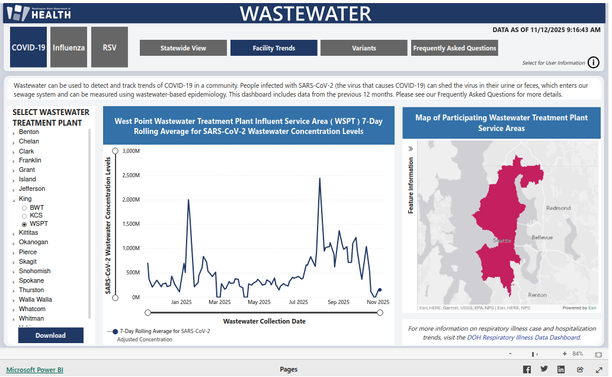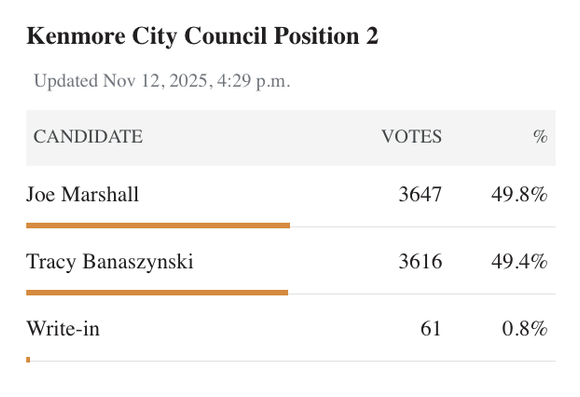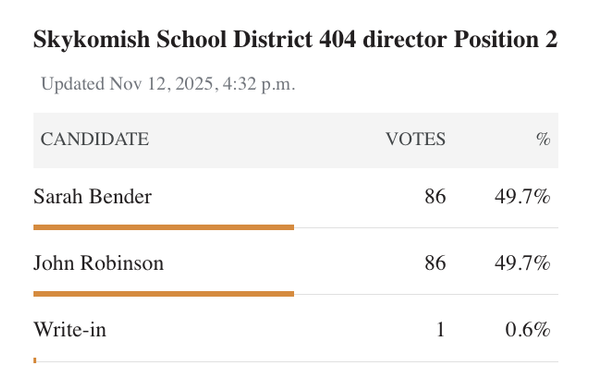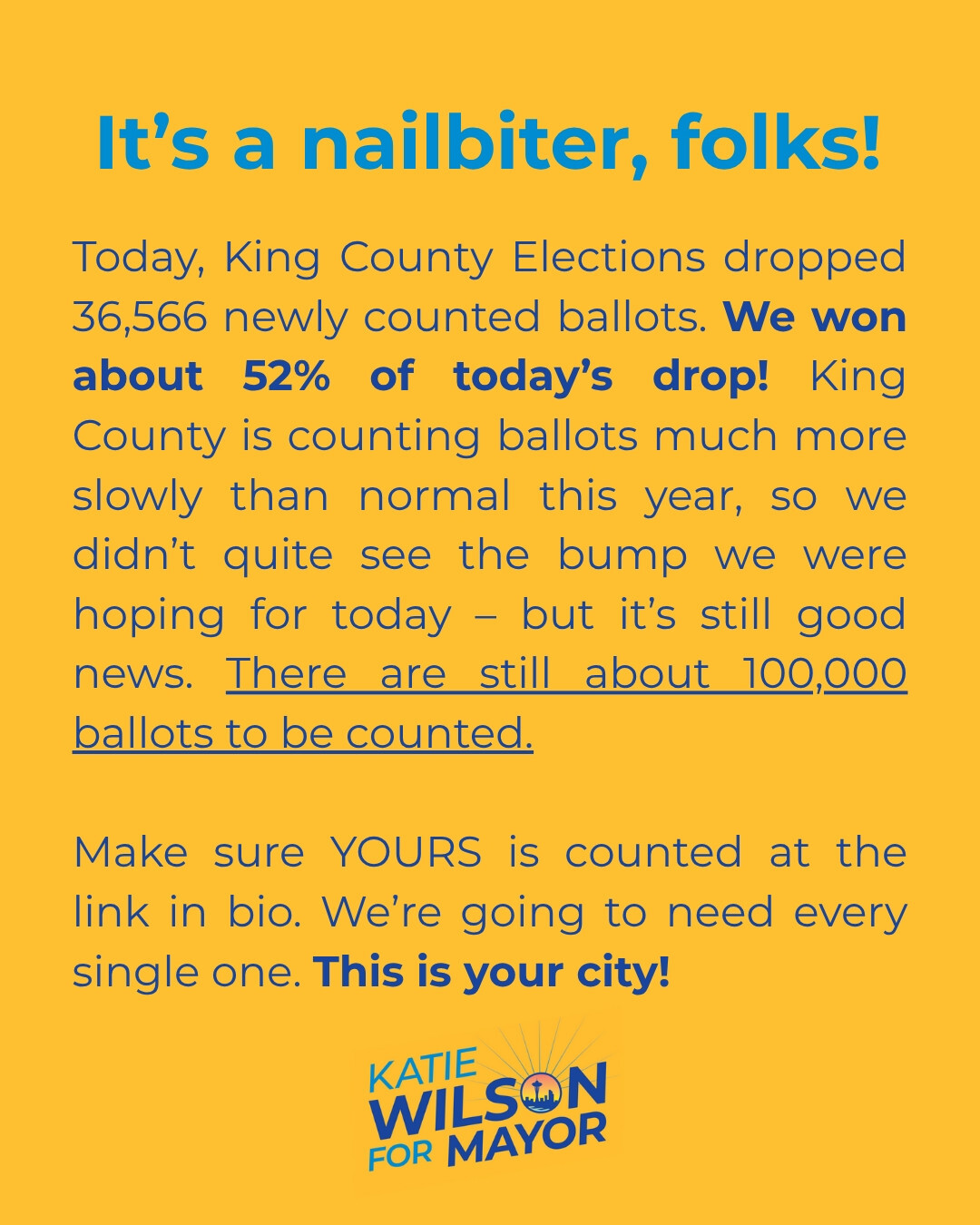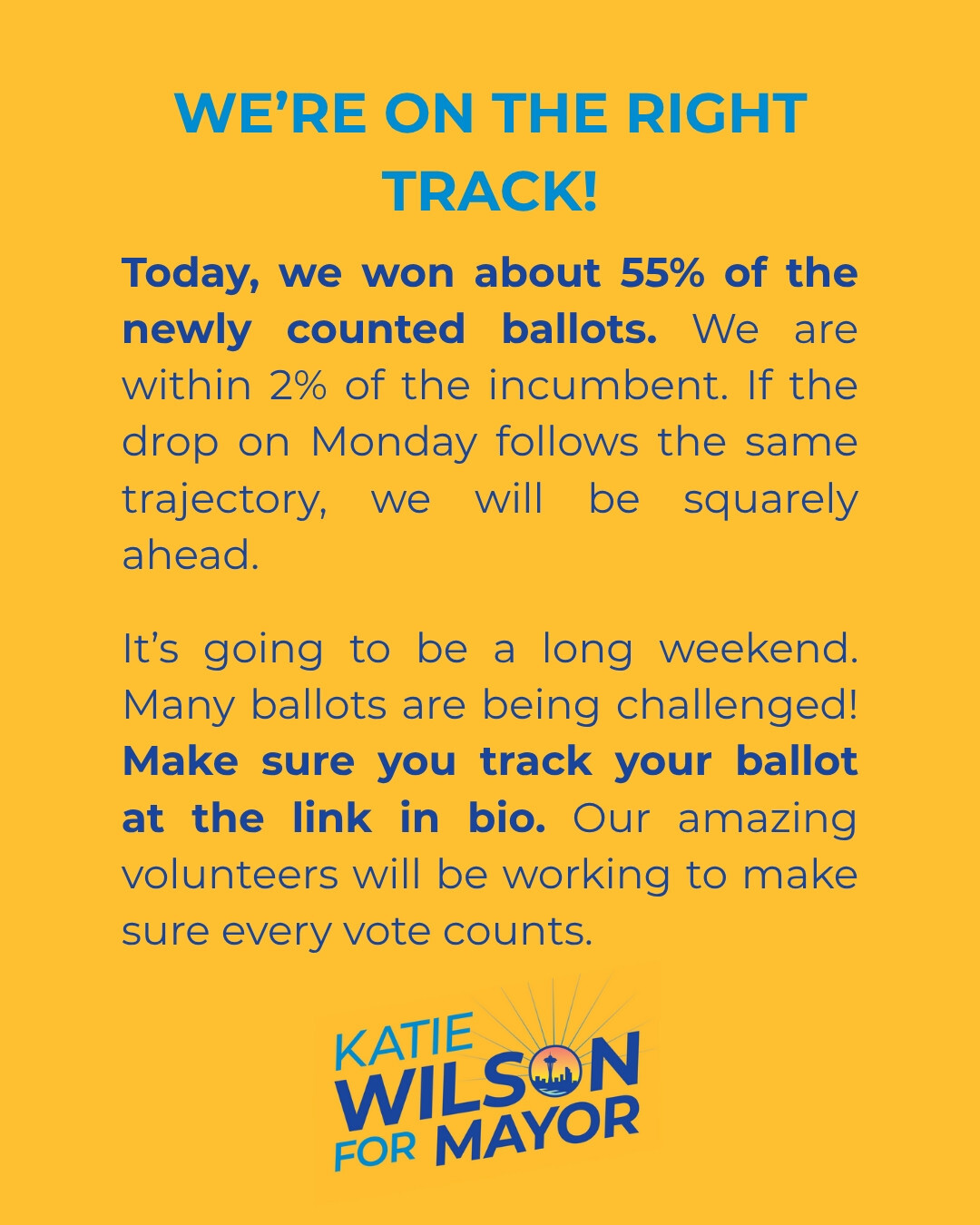How SDOT plans to connect CID bike routes to the SoDo Trail in 2026
The missing “Georgetown to Downtown North Connection” is marked with blue dots. Map from an
SDOT presentation to the Seattle Bicycle Advisory Board (PDF).
The Georgetown to Downtown Safety Project officially opened in September, and it is a massive improvement for bikeability through the Industrial District. However, it does have one glaring problem: It doesn’t actually connect to downtown as the name implies.
However, SDOT unveiled a concept they hope to build in 2026 to close the gap between the SoDo Trail’s terminus at Stadium Station and the Chinatown-International District bike routes that connect to the downtown bike network, and it is similar to what Seattle Bike Blog suggested back in September. The city will work with King County and the Salvation Army-operated shelter to open 6th Ave S to biking and walking. Started as a 2020 COVID emergency response, the 250-bed shelter operates out of a series of warehouses and former commercial spaces along 6th Ave S. The shelter will continue to operate here until at least the end of 2027. However, the shelter complex also blocks the entire roadway with a temporary-looking fence, removing the most comfortable biking and walking route between Stadium Station and downtown. The plan is to instead fence off the area around the shelter but allow a pathway for walking and biking and perhaps also some motor vehicle travel.
A presenter noted that designers and shelter operators were talking about the possibility of removing the east fence entirely, which would create more space for biking and walking.
The design drawing shown at the Seattle Bicycle Advisory Board (“SBAB”) October meeting shows a 15-foot-wide bike path between two fences. However, the presenter said the design was progressing and might not include the east fencing at all, since the shelter currently only uses those buildings for storage. The drawing lists that fence as “optional.” SBAB members noted the concern that fences on both sides, especially opaque ones like the fences currently installed, may not feel comfortable for users. Because the shelter is a King County project, the county is ultimately responsible for moving the fencing while SDOT is funding the design and bikeway install.
The area around the shelter is in something of a limbo period as Sound Transit tries to figure out whether it will build a station there as part of the Ballard Link Extension, which would include a second downtown tunnel. Dow Constantine, then-King County Executive and now Sound Transit CEO, and Seattle Mayor Bruce Harrell both pushed for the agency to support a controversial plan to site a station in this industrial location surrounded by elevated freeway ramps rather than in a location with a transfer connection to the existing Chinatown-International District Station and King Street Station. But with current project cost estimates going far over-budget, it’s unclear how a reduced-cost version of the second tunnel might change this site’s future.
Meanwhile, Mayor-elect Katie Wilson campaigned on the promise to build 4,000 shelter beds during her first term. A previous proposal to expand the number of beds and services at this site was abandoned in 2022 following some pushback.
#SEAbikes #Seattle
